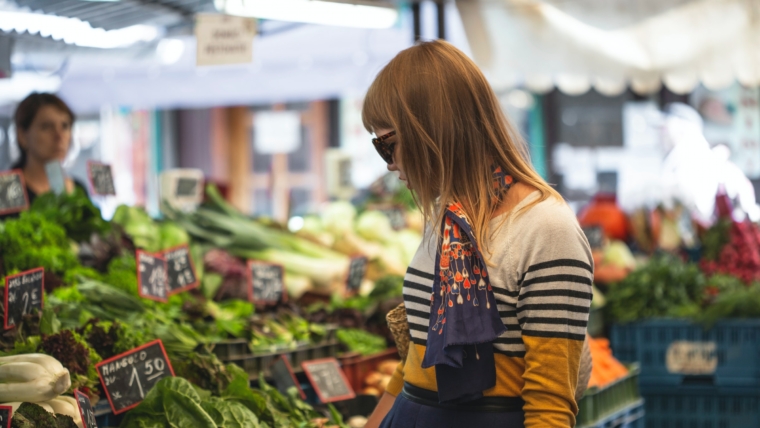An international team of the UNESCO Chair in Life Cycle and Climate Change ESCI-UPF has developed the first study to evaluate the circularity of food distribution systems in Spain. Its results have been published in the prestigious scientific journal Heliyon. The linear economy follows the take-make-waste model, based on the presumption that resource availability and ecosystem regeneration are unlimited, neglecting…










